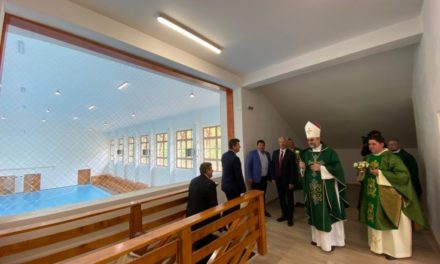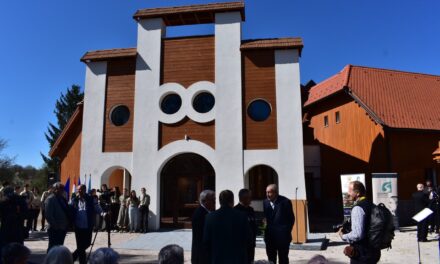The census in Romania has ended: according to the data of the National Statistical Institute, 18.15 million personal questionnaires were registered in the four and a half months of the census, which means that 95.4 percent of the estimated population was registered.
According to Gergő Barna, the campaign coordinator of Néptátelálás.ro, the number of Hungarians in Romania will most likely exceed one million, but by how much, we will only find out in December.
Although the target set last December, i.e. the 19.02 million counted inhabitants, was not reached - even with the fact that it was also possible to register online for the first time -, according to sociologist Gergő Barna, the numbers were good at the end, even for the 2011 census are better. At that time, the efficiency of the census was 94 percent, and now it is 95.4 percent. Kovászna county performed well, 99.5 percent of the assumed population was registered here. In the other counties, this indicator is lower, which may also mean that there was an undercount or that the population decline was stronger than the statisticians estimated. In Szatmár county, 97.5 percent of the assumed population, 97.4 percent in Bihar county, 96.3 percent in Hargita county, 96.2 percent in Arad county, 94 percent in Maros county, and 93.2 percent in Cluj and Brasó counties were registered. At the national level, the census was the least successful in Temes county, where 83.5 percent of the estimated population was recorded. In Bucharest, the same indicator is 85.2 percent.
The statistical institute did not provide data on the participation rates of the cities. In several counties, the result was over 100 percent compared to the estimated population, such as Vrancea (109%), Beszterce-Naszód (106.8%), Botoşani (105.9%), Călăraşi (102.2%), Teleorman (101, 4%), Olt (101.3%), Gorj (101%), Szilágy (100.8%) and Neamţ (100.7%) counties. Although many people are puzzled by this, according to Gergő Barna, there is no reason for it, as a ratio of over one hundred percent can mean several things: on the one hand, the numbers are compared to an estimate, which may not be accurate, and on the other hand, the number of people and questionnaires listed may also decrease during data cleaning. , there may be duplicates in it, for example. On the other hand, there may be settlements where immigration was higher, for example near cities, or there is simply demographic growth.
Regarding the last period of the population census, the campaign coordinator of Néptellálás.ro said that it was a very long process, it took almost four and a half months, and seeing the last numbers, you can say that it can be considered a success, despite the fact that there are still many uncertainties and many obstacles has arisen in the past period: the online filling-in platform was constantly stuck, the technical problems that collided with each other, and the lack of interviewers all left their mark on the census.
Source: Szekelyhon.ro
Author: Emese Szász Cs
Photo: Attila Pinti













